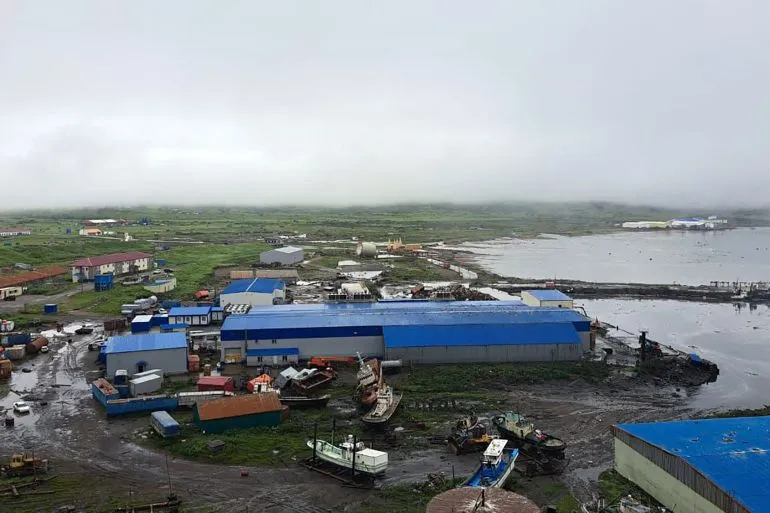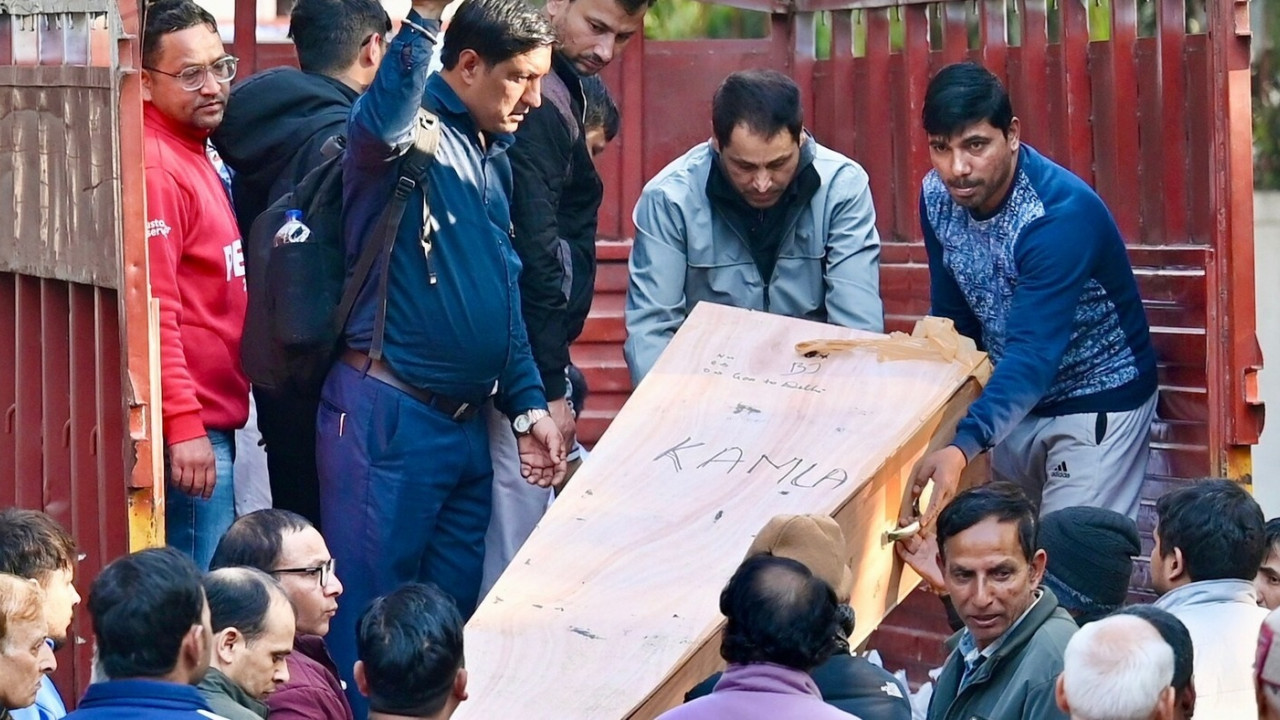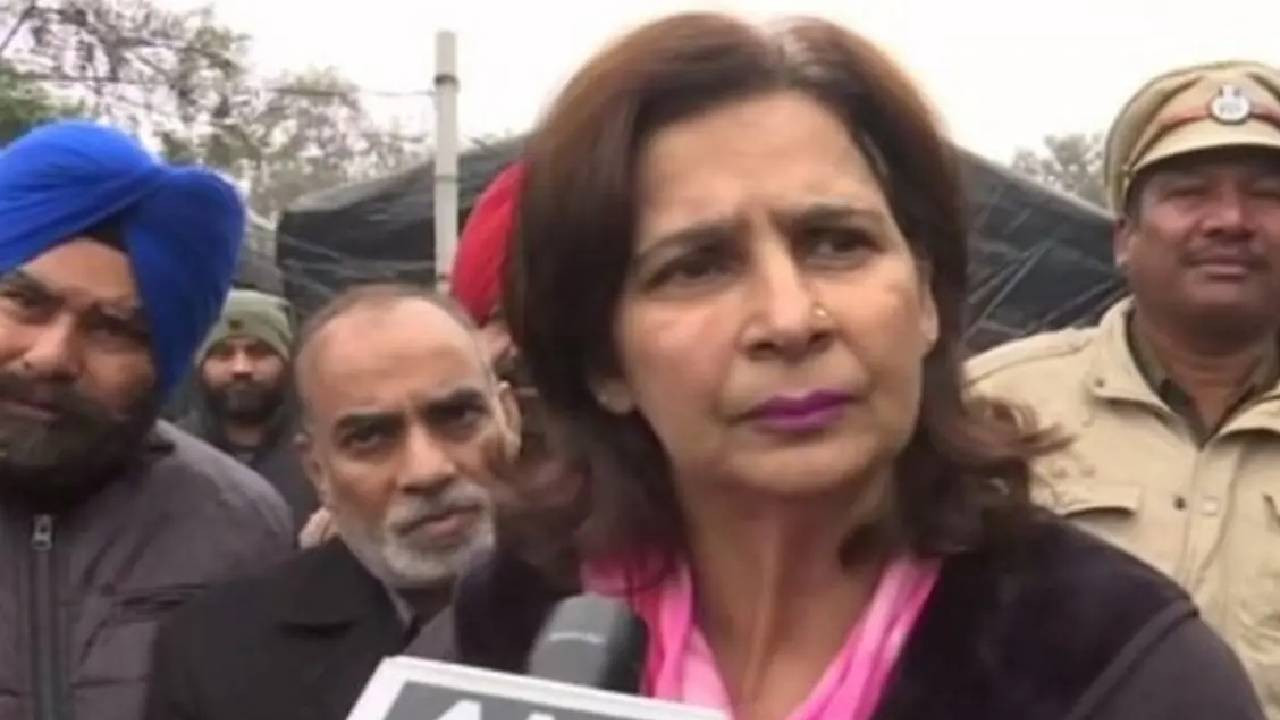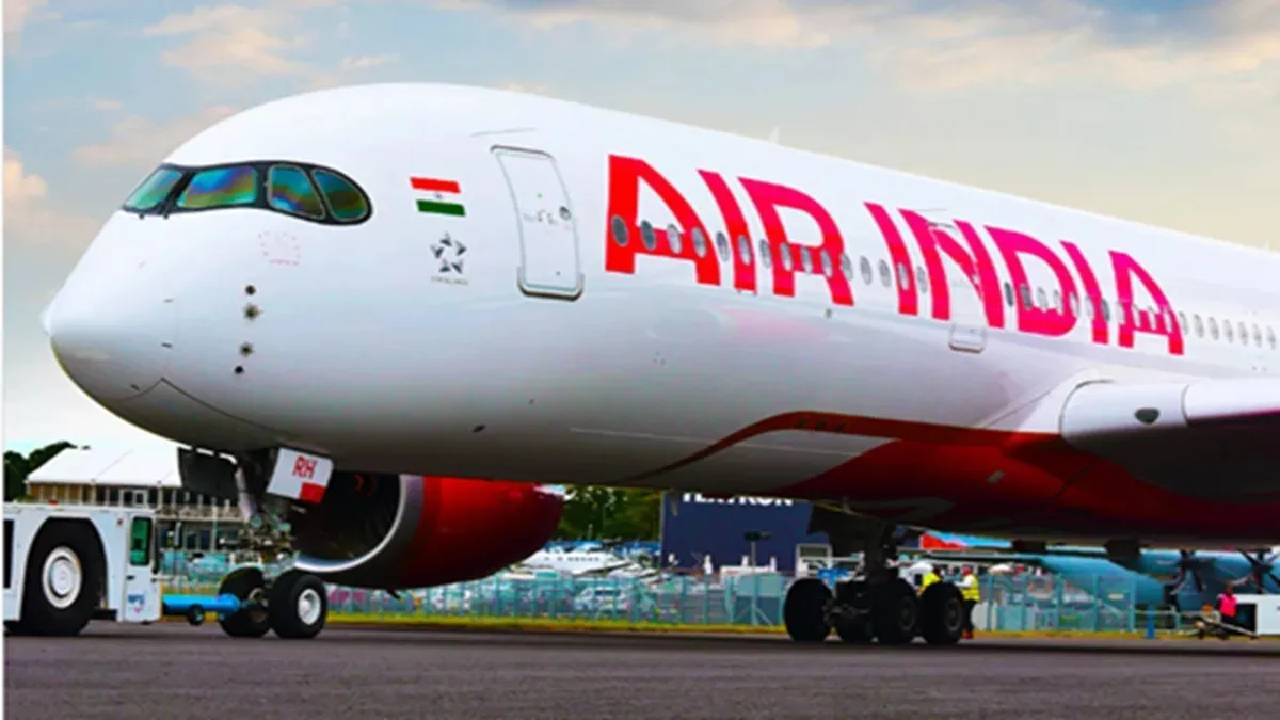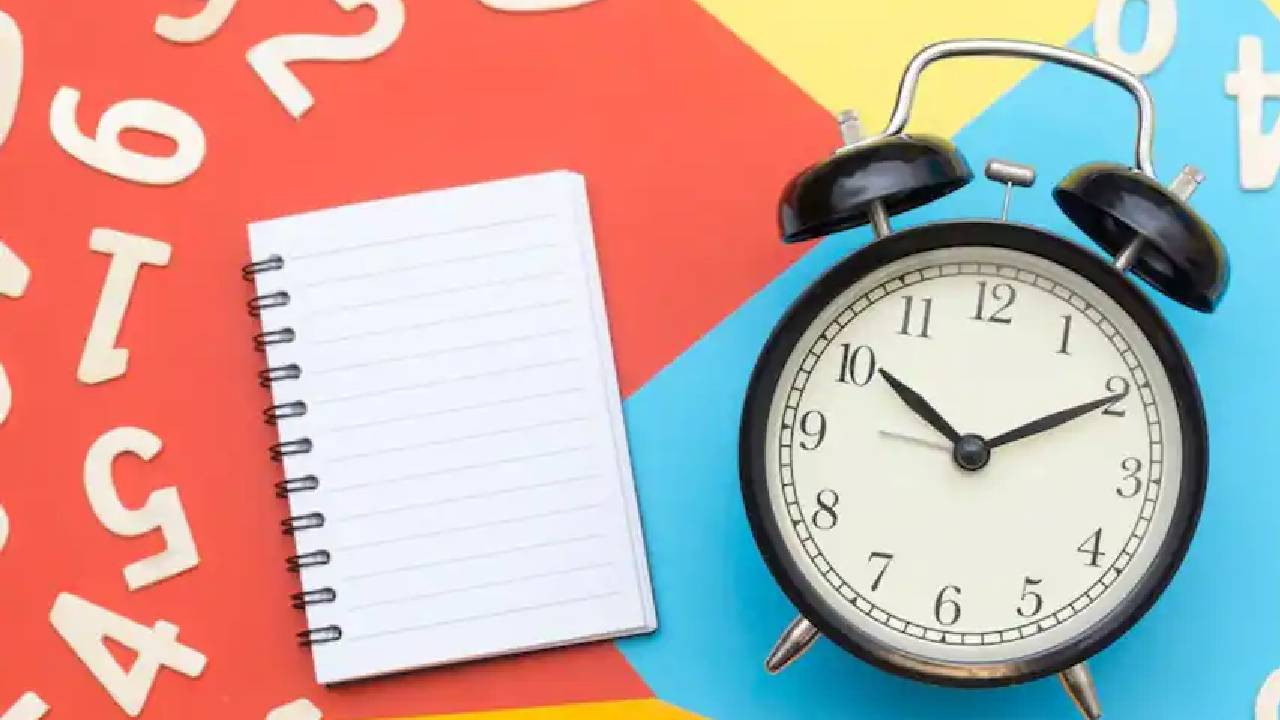You know those moments when you're just... doing nothing? Some are watching TV. Others are sleeping. Maybe drinking tea. That was the world on April 6th, 2025. Until it wasn’t. Somewhere off the far east coast of Russia, deep under the Pacific, the earth jerked violently. The numbers came fast — 8.9 magnitude. That’s no small thing. That’s shake-your-soul kind of big. It wasn’t just Russia. What followed wasn’t just about one country.
The waves came next. And they didn’t stay still. In a matter of hours, Japan was on edge. And across the Pacific, Hawaii was getting ready. Sirens. Flash alerts. Beaches cleared. The sea wasn’t calm anymore.
Where It Happened – Kamchatka, Russia
But that’s where it hit. Somewhere off that coast — 27 kilometers under the seabed — pressure built up for years finally let go. Boom. Just like that.
- 8.9 magnitude
- Near the Kuril-Kamchatka Trench
- Duration: over 80 seconds of shaking
People in Petropavlovsk-Kamchatsky (the main town there) ran into the streets. Buildings cracked. Power lines snapped. But the bigger problem? It wasn’t the ground.
It was the ocean.
How Earthquakes Cause Tsunamis (In Plain Speak)
Let’s make it simple. Earth moves → seafloor jumps → water lifts → tsunami.
- If the seabed rises suddenly, like it did here, the water above is pushed up.
- That ripple becomes a wave. Or hundreds.
- In deep water, you might not notice. But near the shore? Destruction.
This time, the vertical slip along the fault line was huge.
The Alarms Sounded — Across Oceans
Right after the quake, within 3 minutes, global monitoring centers flagged it. Countries alerted:
- Japan
- Philippines
- California
- New Zealand
- Even as far as Chile
That’s how massive it was. One spot in Russia twitches, and the entire Pacific goes on high alert.
???????? Japan Felt the Waves First
Japan knows tsunamis. 2011 is still fresh for many. So when the warning came, folks didn’t wait.
- Fish markets wiped out
- Harbors damaged
- 71 injured, 2 critical
- Trains paused. Flights delayed.
But here’s the difference: people were ready. They moved quickly. No hesitation. That saved lives.
Hawaii: It is the middle part of the Ocean
After six hours the waves come to Hawaii. Sirens had gone off well before, giving people time.
- Waikiki Beach emptied
- Tourists rushed uphill
- Small boats flipped in Maui
- 1.8 ft waves hit Kona
- No deaths. Some dock damage.
For locals, it was scary but familiar. For visitors, it was surreal. Imagine sipping a cocktail and being told to evacuate in five minutes. That’s what happened.
???????? California: Not Just Watching
Even the U.S. West Coast had to prepare.
- Cities like Santa Cruz, Crescent City, and Eureka closed beaches.
- Waves? Around 0.6 to 1.2 meters.
- Docks flooded. A few boats unmoored.
- Lifeguards stayed on duty for 12 hours.
Not a huge impact, but a serious drill. This time, everything worked. But what about next time?
Why Do These Waves Travel So Far?
Because the ocean doesn’t care about borders.
- You can’t stop them. You can only prepare.
- This wave went from Russia to California in less than 9 hours.
And it didn’t even need to be tall. Just fast, powerful, and endless.
Scientists Weigh In
After things calmed, experts jumped in.
What they saw:
- An uplift of the seabed by nearly half a meter
- Over 200 km of fault ruptured
- 20+ aftershocks, some nearly 7.0
No volcanic eruptions (yet), but Kamchatka’s volcanoes are under watch. It’s not over.
Real Lessons, Real Fast
This tsunami, thankfully, wasn’t deadly. But it could’ve been. Very easily.
Here’s what worked:
- Early warnings reached phones and radios
- Evacuation drills (especially in Japan) helped people move
- Governments didn’t delay decisions
Still, many countries aren’t prepared. That’s the problem. Imagine a place without alerts or sirens. You wouldn’t even know what hit you.
What Should You Do If It Happens Again?
Let’s keep it practical. You live near the coast? Learn this by heart.
Before:
- Know where the high ground is.
- Keep a go-bag: flashlight, meds, water, radio.
- Sign up for local alerts.
During:
- See water pulling away? That’s your sign. Run.
- Don’t grab things. Don’t try to “watch” it.
- Get to higher ground. Stay put.
After:
- Watch for aftershocks or more waves.
- Don’t return just because the water looks calm.
- Help others—especially kids, elderly.
For Governments: Stop Waiting
Nature doesn’t schedule. We can’t stop quakes. But we can stop surprises.
Governments need to:
- Install more undersea sensors
- Train schools, hospitals
- Plan coastal city evacuation routes
- Update building codes
It’s not about fear. It’s about respecting nature.
Final Thoughts: One Quake, One Ocean, Many Lessons
That’s the world now.
One part shakes, another part floods. It’s all connected. That’s the scary beauty of it.
This time, we got lucky.
Let’s not count on luck again.



